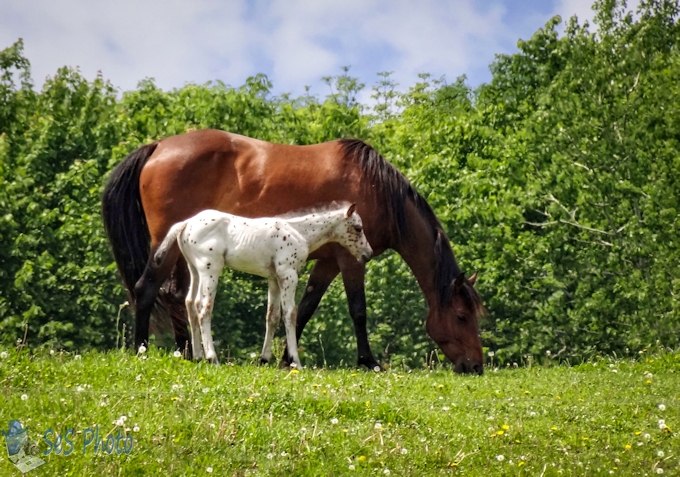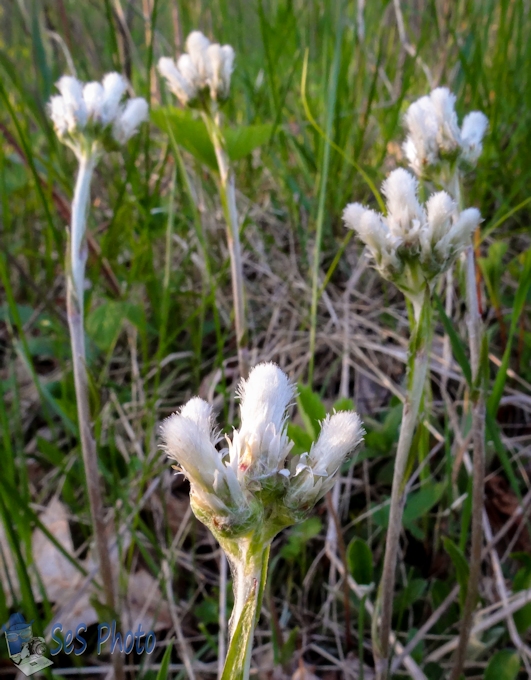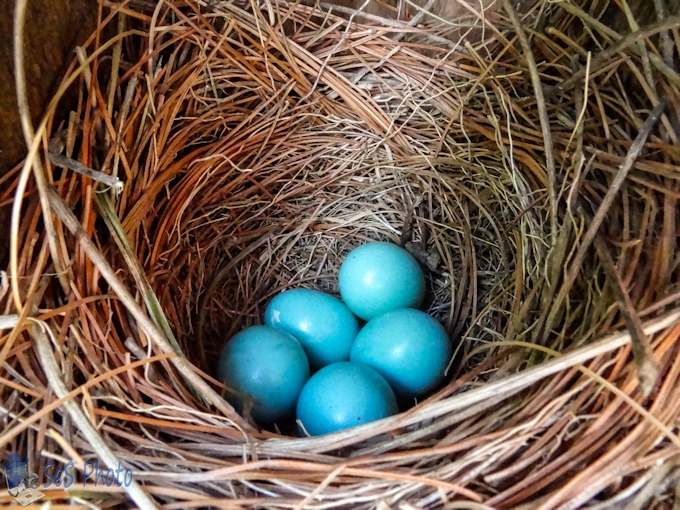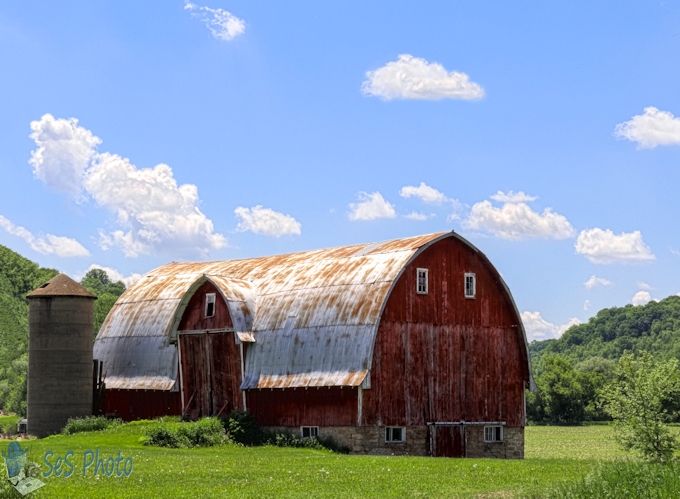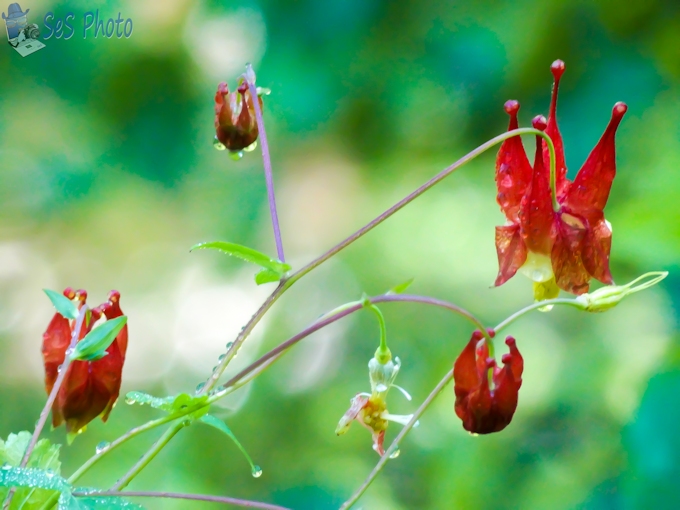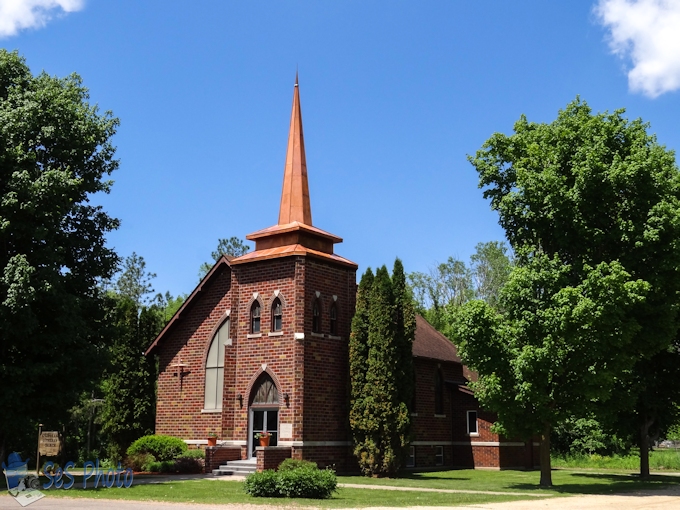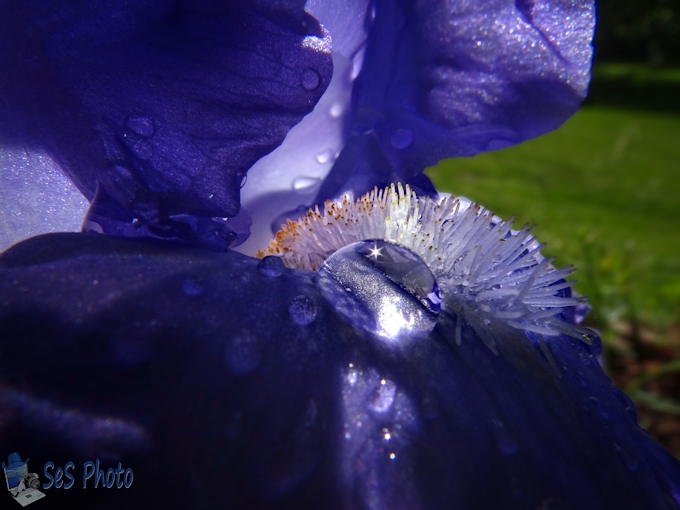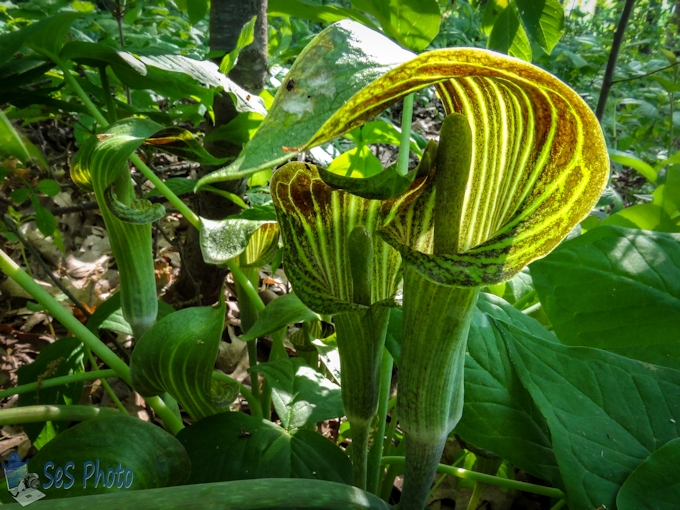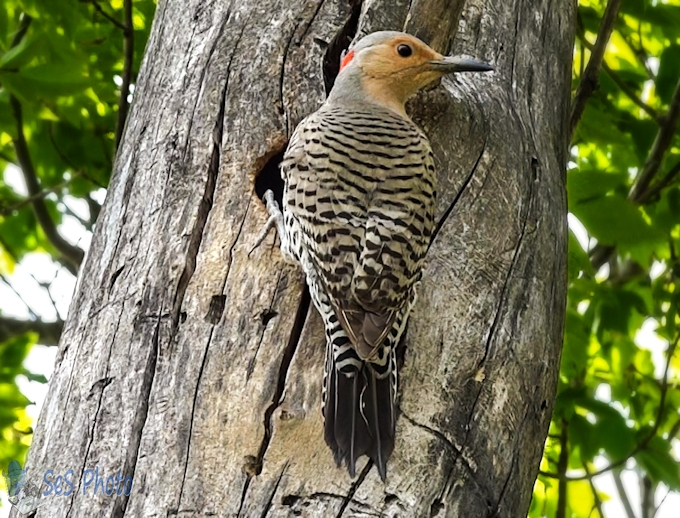In the United States, Flag Day is celebrated on June 14. It commemorates the adoption of the flag of the United States, which happened on June 14, 1777 by resolution of the Second Continental Congress. Any date can have many events or memories associated with it, since also on June 14 in 1775, the U.S. Army was founded and in 1900, Hawaii becomes a United States territory. And for those who like Bourbon, on June 14, 1789, whiskey distilled from maize is first produced by American clergyman the Rev Elijah Craig. It is named Bourbon because Rev Craig lived in Bourbon County, Kentucky.
Each date also has notable (and not so famous) births, deaths, and anniversaries. For June 14, Harriet Beecher Stowe, American author and activist was born in 1811 and Burl Ives, American actor and singer was born in 1909 and I have sung many of his songs over the years. In 1926, Mary Cassatt, American painter, died at the age of 82 and is remembered for Impressionist paintings of women and intimate bonds between mothers and children. Other deaths on June 14 are remembered, but the name might not be remembered fondly, like Benedict Arnold, who died in 1801 and his name is associated with a traitor.
And besides being Flag Day for the United States flag, another flag was first raised on June 14, 1846 in the birthplace of American California, since a group of U.S. settlers in Sonoma proclaimed the Republic of California where the Bear Flag Revolt took place and a Bear Flag was first raised, proclaiming independence from Mexican rule. Sonoma served as the capital of the short-lived California Republic until the United States Stars and Stripes flag was raised during the Mexican-American war.
So June 14, like any day, holds many memories; past, present and future ones for everyone. For me, June 14 is the anniversary of my grandfather’s death, the wedding anniversary of dear friends, and a wedding ceremony today for my cousin.
Flag Day



